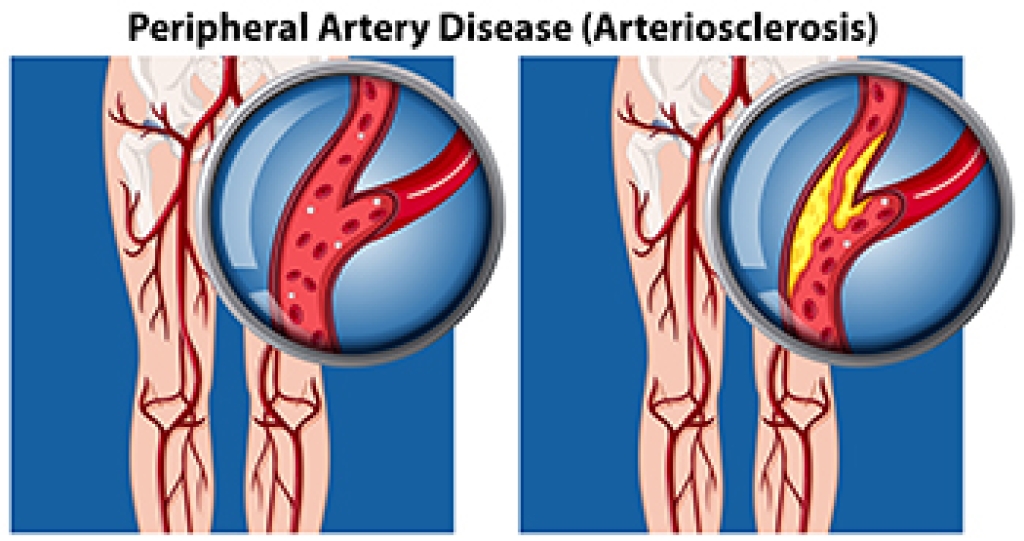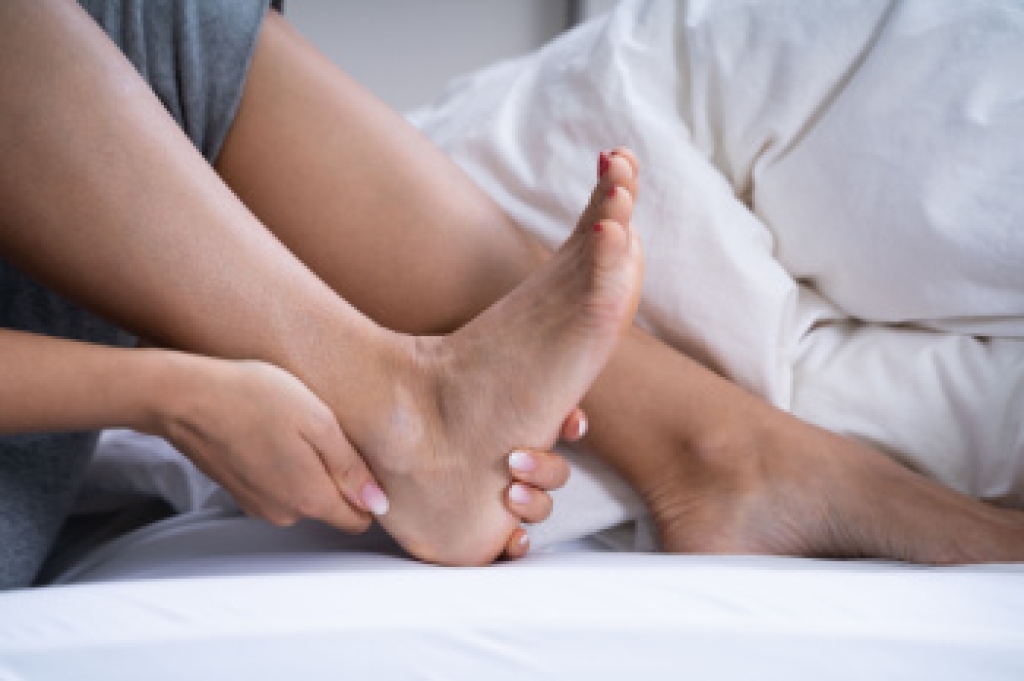
Foot and ankle injuries are prevalent in the high-impact world of the NFL, affecting players of all positions. One common cause is the rigorous physical demands of the sport, including sudden changes in direction, high-speed collisions, and repetitive stress on the lower extremities. Sprains, strains, fractures, and tendonitis are among the most frequently encountered injuries. Symptoms vary depending on the severity and type of injury but often include pain, swelling, bruising, instability, and limited range of motion. Plantar fasciitis, Achilles tendon injuries, turf toe, and Lisfranc injuries are particularly notorious in the NFL due to the stress placed on the foot and ankle during gameplay. Additionally, inadequate rehabilitation and premature return to play can exacerbate these injuries, prolonging recovery times and increasing the risk of re-injury. If you enjoy playing football and have sustained a foot or ankle injury, it is suggested that you visit a podiatrist who can offer you a tailored treatment plan and effective preventative techniques.
Sports related foot and ankle injuries require proper treatment before players can go back to their regular routines. For more information, contact one of our podiatrists of Carolina Foot & Ankle Specialists. Our doctors can provide the care you need to keep you pain-free and on your feet.
Sports Related Foot and Ankle Injuries
Foot and ankle injuries are a common occurrence when it comes to athletes of any sport. While many athletes dismiss the initial aches and pains, the truth is that ignoring potential foot and ankle injuries can lead to serious problems. As athletes continue to place pressure and strain the area further, a mild injury can turn into something as serious as a rupture and may lead to a permanent disability. There are many factors that contribute to sports related foot and ankle injuries, which include failure to warm up properly, not providing support or wearing bad footwear. Common injuries and conditions athletes face, including:
- Plantar Fasciitis
- Achilles Tendinitis
- Achilles Tendon Rupture
- Ankle Sprains
Sports related injuries are commonly treated using the RICE method. This includes rest, applying ice to the injured area, compression and elevating the ankle. More serious sprains and injuries may require surgery, which could include arthroscopic and reconstructive surgery. Rehabilitation and therapy may also be required in order to get any recovering athlete to become fully functional again. Any unusual aches and pains an athlete sustains must be evaluated by a licensed, reputable medical professional.
If you have any questions please contact our offices located in Mount Pleasant and Charleston, SC . We offer the newest diagnostic and treatment technologies for all your foot and ankle needs.






